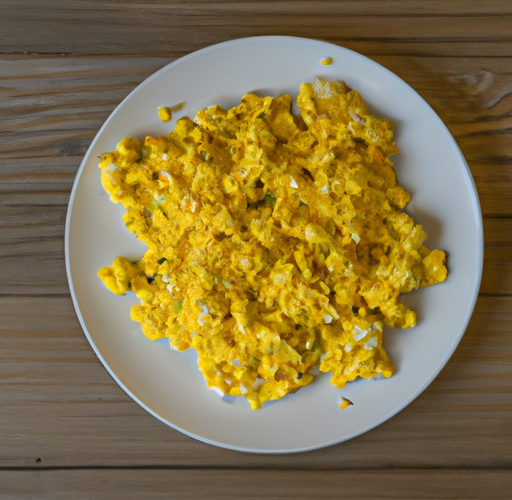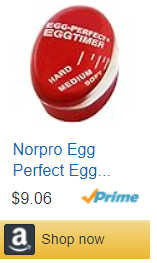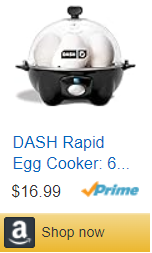Welcome to my recipe for Dutch Scrambled Eggs! Looking to switch up your morning routine? Give this delicious recipe a try. These scrambled eggs are creamy, flavorful, and easy to make. They’re perfect for breakfast, brunch, or even a quick snack. So let’s get cooking! We’ve made this dutch scrambled eggs recipe easy to follow 👨🍳.
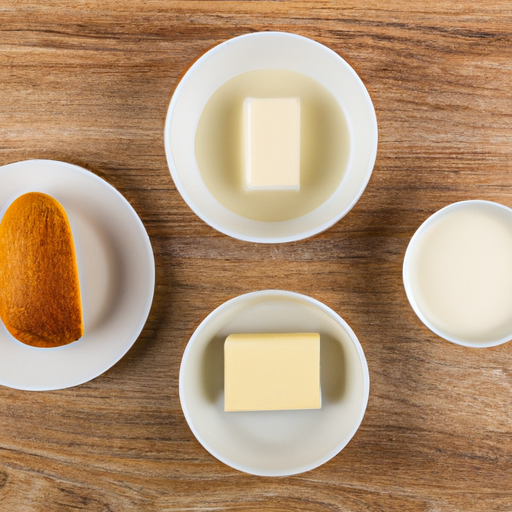
Ingredients
- 3 eggs
- 1 tablespoon butter
- 1 tablespoon milk
- Salt and pepper to taste
- Bread, for serving
Instructions
- Whisk the eggs in a mixing bowl along with 1 tablespoon of milk, salt, and pepper until you have a well-blended mixture.
- Melt 1 tablespoon of butter in a non-stick skillet over medium heat.
- Pour the egg mixture into the skillet and let it cook without stirring for about 1-2 minutes.
- Using a spatula, gently push the eggs from the edges of the skillet towards the center and continue doing this until the eggs are cooked but still retain their moistness and creaminess. This should take approximately 5 minutes.
- Finally, remove the skillet from heat and serve the eggs with bread or any other food you like.
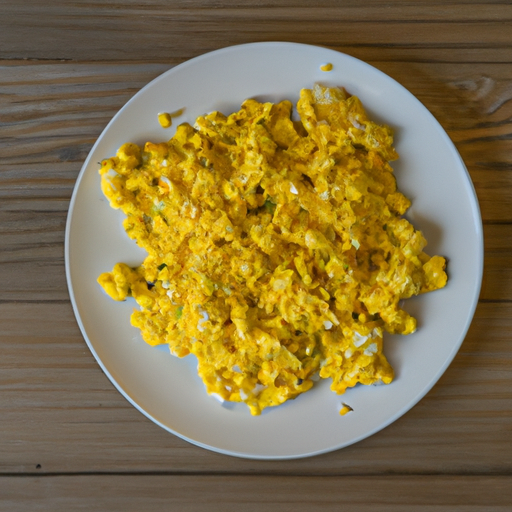
How long does dutch scrambled eggs last in the fridge?
Dutch scrambled eggs can be stored in the fridge for approximately 3-4 days after cooking. It is important to properly store the eggs in an airtight container to prevent contamination by bacteria. If the eggs have been sitting at room temperature for more than two hours, they should not be stored and must be discarded. When reheating stored eggs, it is recommended to use the stove or microwave to reheat to an internal temperature of at least 165°F to ensure it is safe to eat.
Low calorie dutch scrambled eggs recipe substitutions
To make this Dutch scrambled eggs recipe lower in calories, you could try substituting some of the ingredients. Instead of using butter, you could use a non-stick cooking spray or even a small amount of olive oil to cook the eggs. Instead of using whole milk, you could use a lower-fat milk option such as skim milk or almond milk. Additionally, you could use fewer eggs or add in some egg whites to decrease the total calorie and fat content. It’s important to note, however, that the flavor and texture may be slightly different with these substitutions, but it’s a great way to enjoy a lower-calorie breakfast option.
What to serve with a dutch scrambled eggs?
Dutch scrambled eggs are a delicious and satisfying breakfast dish made with eggs, milk, and butter. To complement their rich flavor and creamy texture, there are many tasty sides that make perfect accompaniments. Some great options include whole grain toast, crispy bacon, sautéed mushrooms, roasted tomatoes, and fresh fruit. For a more filling meal, you could also serve hash browns or roasted potatoes on the side. No matter what you choose, these sides are sure to enhance the delectable flavor and texture of dutch scrambled eggs.
Whats the best sauce for a dutch scrambled eggs?
Dutch scrambled eggs are a simple and delicious dish that can be elevated with the right sauce. One of the best sauces to complement the creamy texture of the eggs is hollandaise sauce. Hollandaise sauce, made with egg yolks, butter, and lemon juice, is rich and velvety, with a tangy flavor that pairs well with the eggs. To make the sauce, whisk together egg yolks and lemon juice, then slowly whisk in melted butter until thickened. Season with salt and pepper to taste. Drizzle the hollandaise sauce over the scrambled eggs, and serve with toasted bread for a decadent breakfast or brunch.
Dutch scrambled eggs health benefits
There are several health benefits of eating Dutch scrambled eggs. Eggs are a great source of protein, containing all the essential amino acids needed by the body. They also contain important vitamins and minerals like vitamin D, choline, and selenium. Scrambling the eggs with a bit of butter or coconut oil can provide healthy fats as well. However, it is important to not add too much salt or cheese to the eggs, as excessive sodium intake can lead to health issues. If you are looking for an even healthier alternative, you can try making a vegetable frittata with spinach, bell peppers, and other colorful veggies. This will provide plenty of fiber, vitamins, and minerals without any excess sodium or unhealthy fats.
Post | Title | Ratings | Link |
 | Turkey and Cheese Omelette | ||
 | Goat Cheese and Tomato Omelette | ||
 | Tomato and Mozzarella Omelette |

